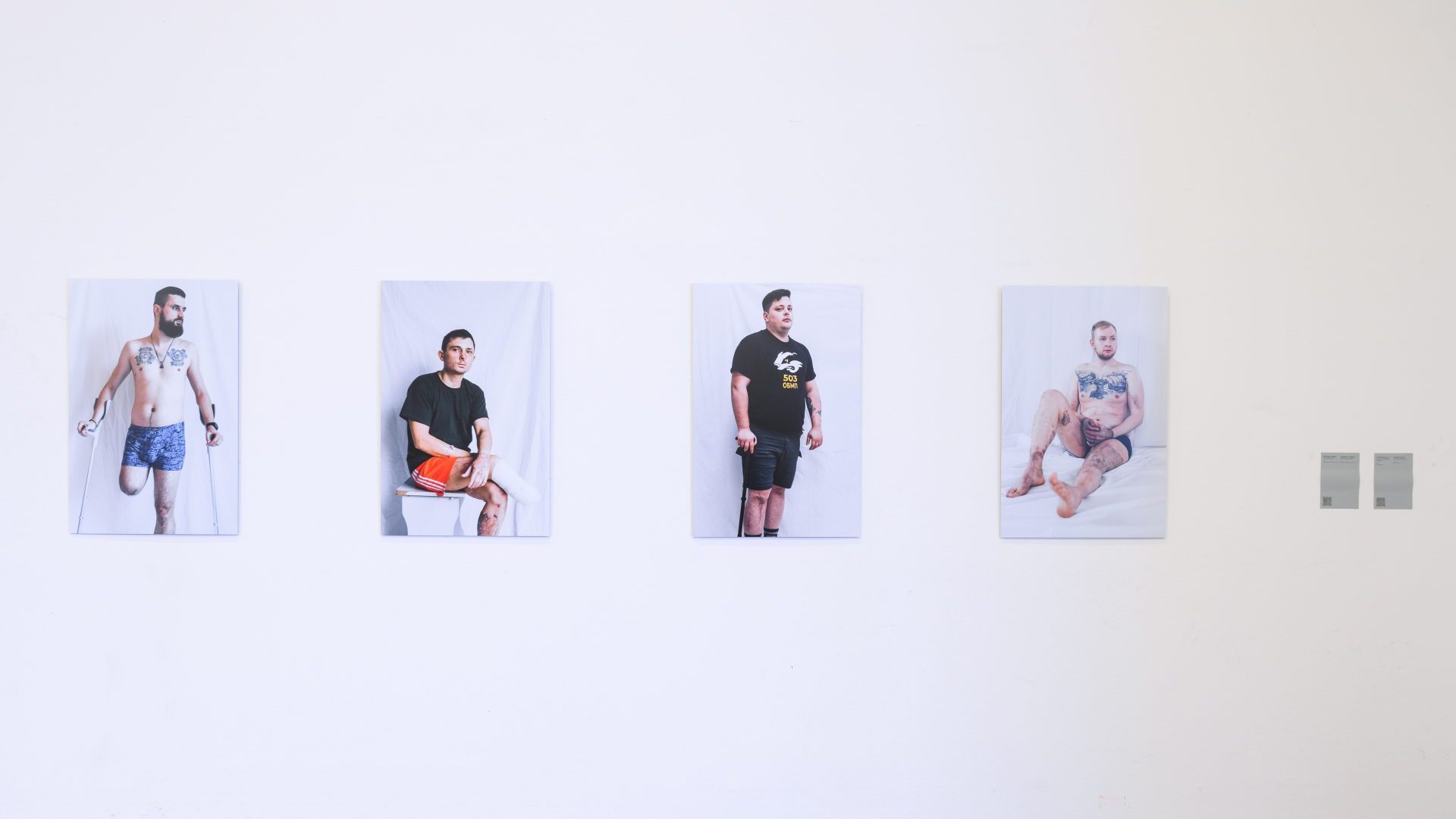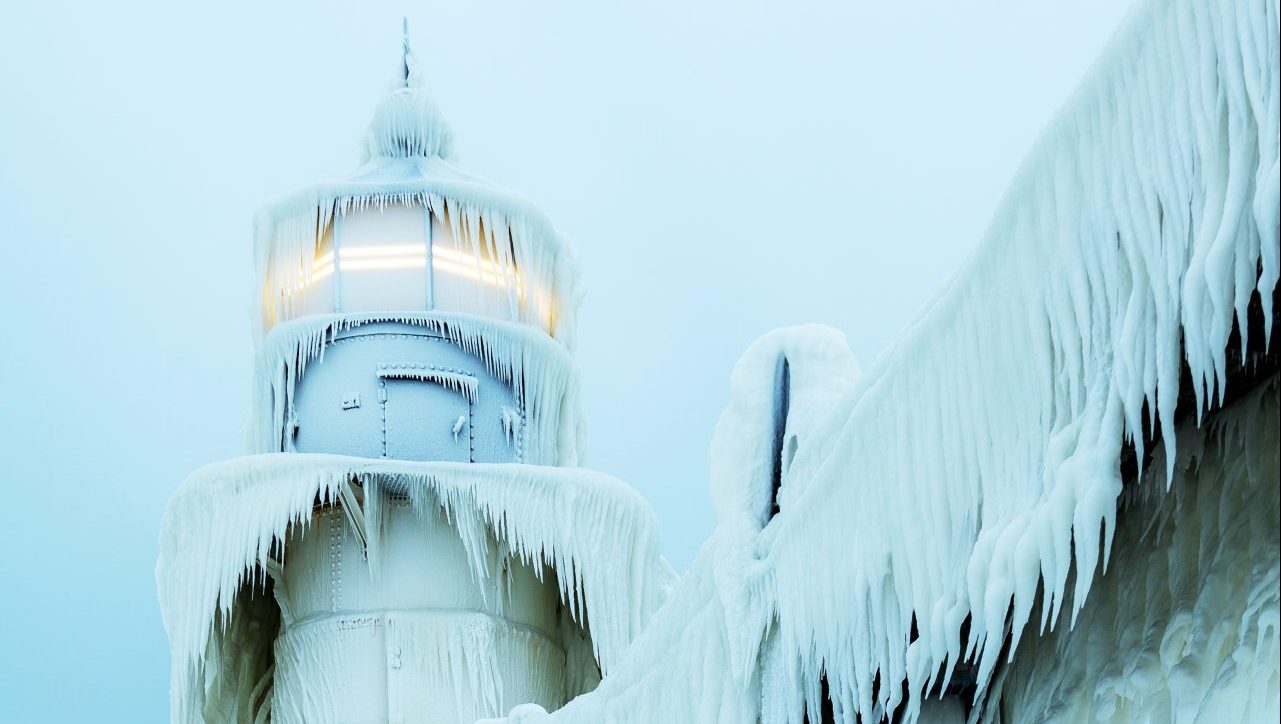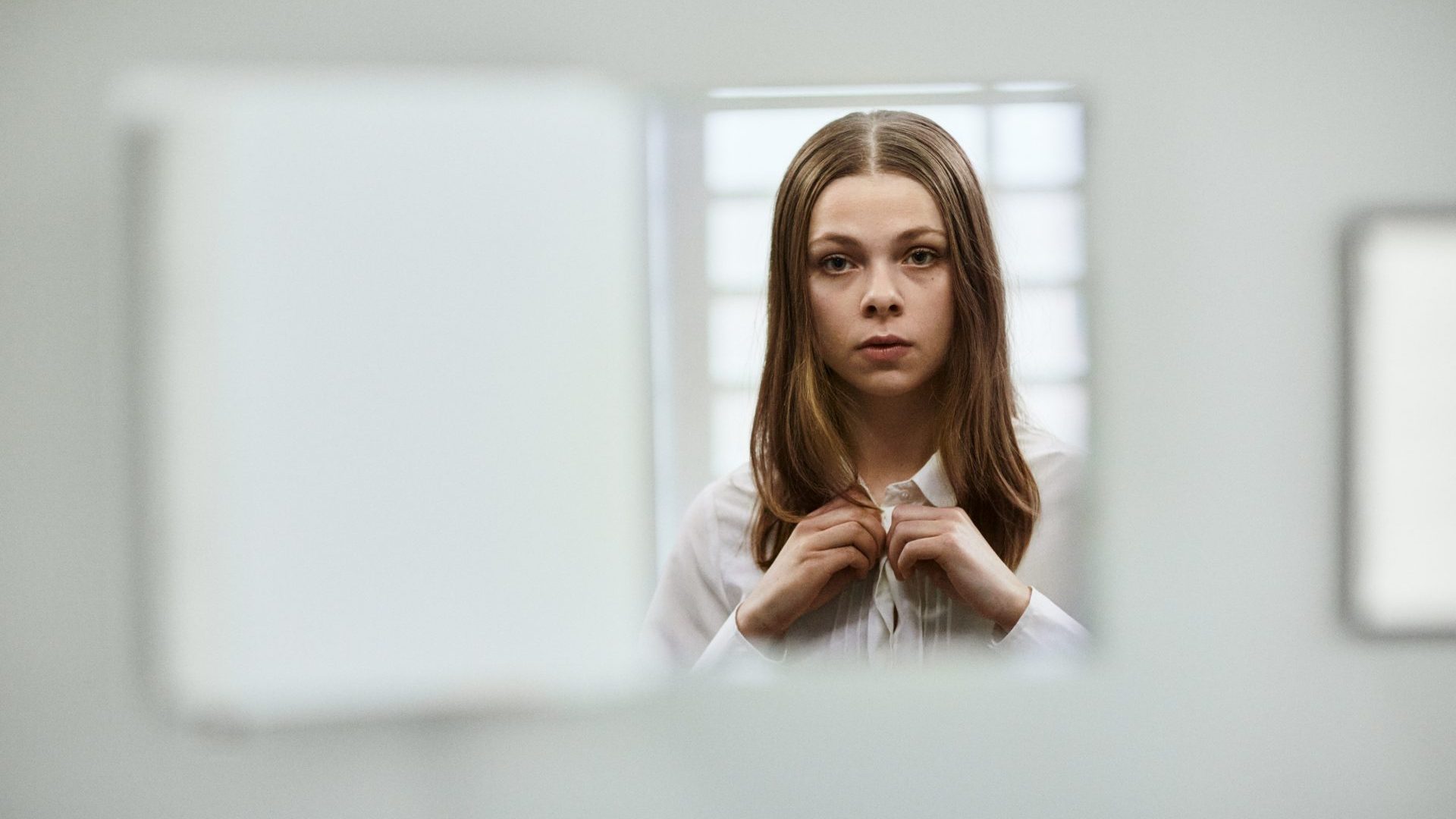May 2014. The streets of the Ukrainian city of Donetsk were suddenly filled with men in military fatigues bearing Kalashnikovs. They wore no insignia on their uniforms but they spoke with Moscow accents. Ominously, they began detaining or injuring anyone who got in their way.
It meant only one thing: invasion was imminent. Anyone who resisted the Russian invaders was sent to a so-called filtration camp where citizens linked to the armed forces, government, media or any kind of activism, would be questioned, possibly tortured and imprisoned. Or worse.
The Russians had already drawn up lists of the “troublemakers” they were after and Alona Karavai, a founder of several cultural organisations in Ukraine, was one of them. She didn’t hesitate. She packed a few essentials and with her two-and-a-half-year-old daughter fled to relative safety in the west of Ukraine.
In July the missiles rained down and Donetsk fell to the Russians. The contemporary arts centre where she worked is now a prison for political prisoners.
Karavai was not to be deflected from her work. In the town of Ivano-Frankivsk, deep in the Carpathian Mountains, she founded a residency for artists fleeing Russian reprisals and a gallery – the Asortymentna Kimnata – where their work could be displayed. They were safer there but not entirely free from danger; a child was killed in a Russian missile attack on the region in August.
This one defiant gesture is part of a series of exhibitions and seminars which make up the fifth Kyiv Biennial. The very fact that it is being staged at all is a miracle of tenacity and inventiveness.
The capital is obviously no place to stage such an ambitious event, instead the Biennial takes place in a “cascade” – as organiser Vasyl Cherepanyn describes it – over several months and across different countries. There is just one exhibition in Kyiv, a moving archive history of the River Dnipro, so central to the Ukrainian sense of nationhood, with shows in two residencies, including the Asortymentna, a seminar in Warsaw, another offering in the Polish city of Lublin and more in Berlin in 2024. The most comprehensive display is being held in Vienna where more than 30 artists are showing their work until December 17.
“Call it a perennial rather than a biennial,” says Cherepanyn. “This is a long-term international project aimed at, among other things, keeping the struggle in the news; we must get to an understanding that this is a major European war. How did a new fascist war in Europe become possible? The whole continent has to deeply rethink how ‘never again’ became real again.
“Russia is deliberately targeting the country’s cultural infrastructure as part of its attacks on civilian facilities,” he adds. “Around 1,600 cultural sites have been damaged or destroyed in Ukraine by the Russian military since February 24 2022.”
For him, the Biennial is an expression of the artists’ determination to keep alive the country’s culture, its history and traditions, a spirit of resistance nurtured in the Karavai’s Carpathian residency which is little more than a quaint wooden house reminiscent of a rustic holiday home, surrounded by forests and hills.
The artists who have sheltered there have contributed to the Biennial with an exhibition, On the Periphery of War – well named given that the artists have been forced out of their homes and compelled to witness the destruction of their country from a distance.
Daniil Revkovskiy was evacuated by train from Kharkiv to Lviv as the Russians launched what was to be a failed attack on the city in 2022. His video Power Outages speaks both to the ancient traditions of local culture and reflects his anger at the architects of his country’s suffering today.
He tells the story of a girl who seeks the answers to the future of humanity from a molfar, a figure in local culture who is a healer, a wizard and an oracle. He holds a solitary ritual deep in the forest but is horrified when he is haunted by visions of men who appear in bursts of flickering flames and seem to lecture or explain unassailable facts to a gullible audience. It transpires they were involved in the creation of Russia’s nuclear weapons and intercontinental ballistic missiles and their names appear in a list of ignominy at the end of the video.
“At this historical moment, the role of these people is very relevant,” says Revkovskiy by email. “At one time, these people changed world politics. They gave dictators an important lever of control – nuclear blackmail.”
It is a bleak piece, made more so by the molfar being unable to tell anyone what he has learnt and the girl realising that there is little hope to be found. Its mood is, understandably, reprised in the Vienna exhibition which, with painful irony, is housed in an abandoned gallery once damned as a “contaminated space” because it was used by an Austrian sculptor who made Nazi monuments during the second world war.
There is an international flavour to the show, with several contributors from countries including New Zealand, Greece, Cuba and Germany but the eye and the heart are inevitably drawn towards the work by Ukrainian artists.
Surprisingly, most of the work does not reflect the brutality of warfare with the bitter intensity that one might expect. There is one unflinching set of photographs of a harrowing line-up of fighters with amputated limbs, scarred faces and the blank eyes of men who have suffered too much but this is put together by a foreign observer, German photo-journalist Friedrich Bungert.
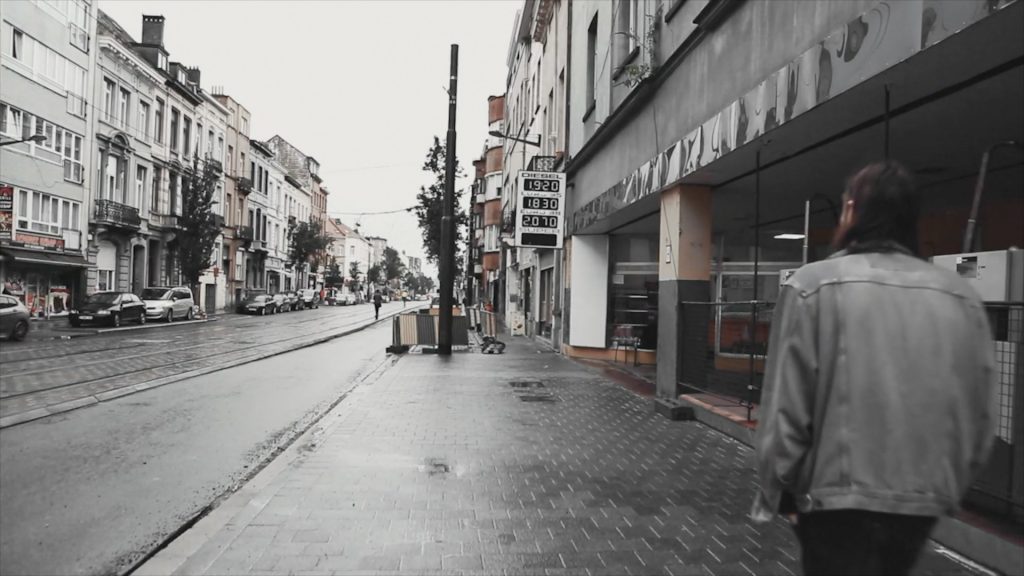
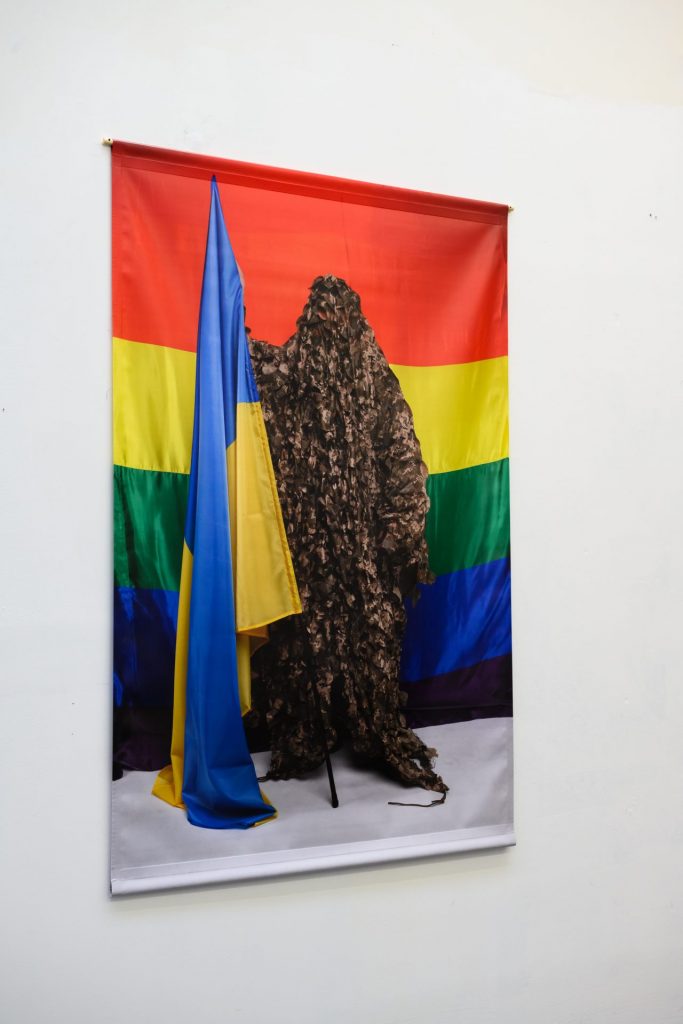
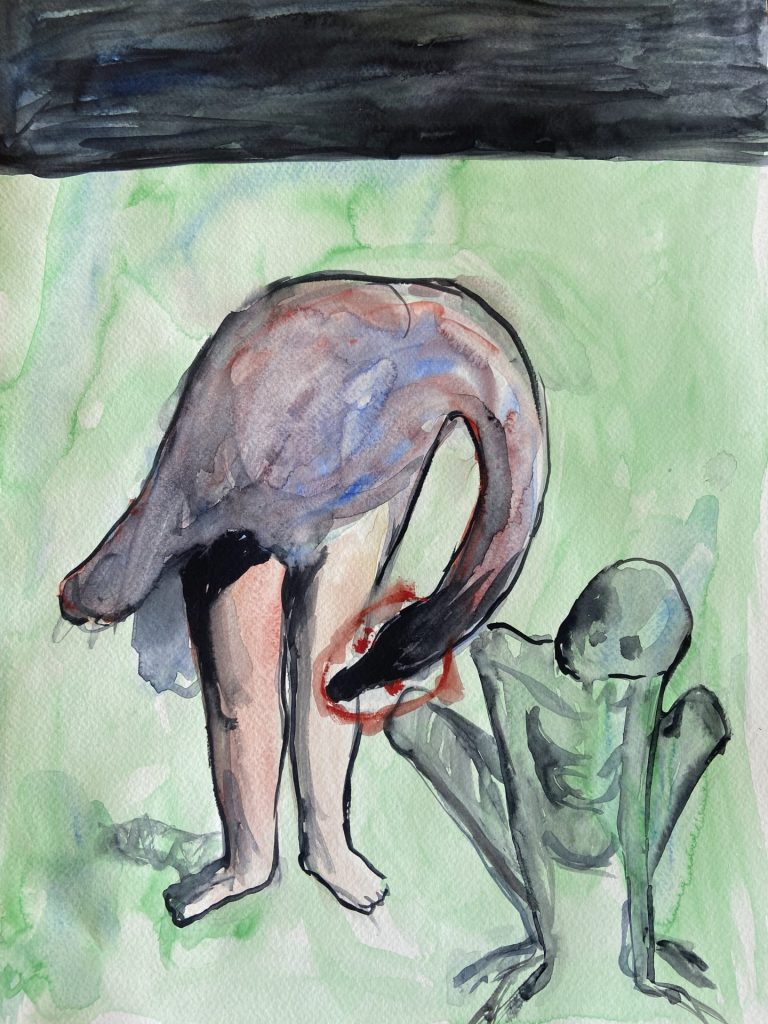
For a visceral, Ukrainian condemnation of the conflict, Kateryna Lysovenko’s watercolours, which depict the rape and violence inflicted by the Russian military, are as horribly explicit as the savage attacks themselves.
But this overt emotion is unusual. By complete contrast, in Invitation to Discuss Who Owns the Past, the same artist has assembled an array of ancient artefacts from the third and fifth millennia of Ukraine’s past which have been stolen or destroyed by the Russians – another kind of a rape, this time of the country’s cultural heritage.
It is a theme echoed in Explosions Near the Museum by Yarema Malashchuk and Roman Himey who filmed the empty plinths, dusty glass cases, torn-off handles and broken locks which are all that are left of a Kherson museum which once boasted the region’s largest collection of antiquities but which has now been stripped bare by the enemy.
The film is slow and understated, its quiet condemnation counterpointed with the distant sound of explosions.
Alina Kleytman shares a personal insight with a group of grisly bony structures like damaged vertebrae which relates to a puzzling episode involving her father. Two months after the invasion, her father went missing. Apparently, he had driven off and ended up near the border, shot in the side. He explained that he was stitched up in a basement with others “like me.” What happened? Why? All he would say was that “the mystery will go with me to the grave” and that enigmatic statement became the title of the piece.
One of the most moving contributions is a video by the Livyi Bereh (Left Bank) volunteer organisation, which helps restore buildings. An elderly couple pick their way through the ruins of their bombed house. The old woman’s arthritic fingers feel along the bricks as if to reassure herself that it is real, that there is still something left. The old man assembles three mugs, all that he has. “Our dear home,” he murmurs. “Thank God for saving it.”
Damaged homes, despoiled museums, are perhaps not unexpected but Anton Shebetko highlights a shame which would normally be ignored in the portrayal of war – the challenges facing the LGBT soldiers fighting on the frontline. He depicts them in various forms of camouflage designed to hide from the enemy but also disguise their sexuality from their own side’s prejudice.
One in full army fatigues with outrageous red nails and a sunflower for a face, another top to toe in an outfit of heavy-duty camouflage which completely conceals his/her identity, while a smoke screen of Pride colours hides the identity of another.
Shebetko has also made a neon sign which alternatively reads: It’s not your Problem/It’s your problem – two simple, if contradictory, statements which highlight the real concern Ukrainians have that support from its allies is weakening.
Nikolay Karabinovych from Odesa, now based in Antwerp, fears that backing for his country will be lost in the “mists of boredom”, already threatened by the hostility of the US Trumpian Republicans and pushed off the headlines by the Israel/Palestine conflict.
In the video, The City Where Two Colours Disappeared, we see a man walking along a street. At first the blue and yellow of a petrol station, a shop name and awning and several other street scenes are bright and optimistic. The walk is reprised, the colours fade. And again. Until the colour has dissipated and the streets are filled with a pessimistic black.
“What are the limits of people’s solidarity and interest?” he asks. “I try to see the power of art from the perspective of the future, to speak not about what is going on now, that is the task of politicians, people who are fighting, this is another conversation. Art has the power to speak to people especially who are not facing the brutality of war .”
This understated style resonates with Olosei Saienko, who has spent months in the residency.
“For the first year it was important to show, I don’t know, to scream, about war in a very emotional way,” she tells me from Ivano-Frankivsk. “Now we are used to living with war, we can think about how we live with less emotion. The new challenge is to decide what we should be thinking about and maybe that’s why it is more thoughtful.”
She took a huge, five-metre long photograph of her friends eating and drinking called The City of Guilty Pleasure (Banquet) and superimposed the image on a window blind, elongating it to create a ruffled, ambivalent effect.
She says: “I made it just after the invasion in February 2022. I was just making fun. It looks like a regular photo of my friends and it reminds me of The Last Supper because the people are eating but they don’t know what to expect. We don’t know who will be hit by a missile tomorrow and who will go to war voluntarily or by decision of other people.” (In other words, to be called up to fight).
But should they be having such fun at a time or war? Furthermore, isn’t it indulgent for an artist to be pursuing their own ambitions at such a time?
“To be able to enjoy things that do not cause feelings of guilt and shame in peacetime becomes a guilty pleasure when it comes to war. It is a kind of joy which is shameful to admit to, yet at the same time shame intensifies the pleasure.
“I know some say it is inappropriate to continue working as an artist and we can be condemned by the public who say how can you eat schnitzel and drink beer and have fun when our guys and girls are dying in the war?
“It is an ethical question whether I can have this satisfaction but I do feel that I should have it because it helps me to continue to create something, to help our army.”
But, she admits: “Showing the photo was difficult, really embarrassing. It was a really hard opening for me because although some said they liked the work, I also wanted to disappear.”
Alona Karavai understands that conflict of emotions all too well.
“Awkward questions and answers are blocked by feelings of guilt and shame,” she says. “Anything that deviates from military expediency is put on hold or suppressed.”
But Karavai, who says she would fight if women were called up, says: “We can live according to the laws of war by making sacrifices and providing help as well as allowing ourselves pleasure and joy. This dilemma is especially evident on the periphery of war.
“It is a dance which does not lead to exaltation, but rather to exhaustion. Yet, we have to keep dancing.”
The Kyiv Biennial is taking place in Kyiv, Antwerp and Vienna until December 28, then in Lublin and Berlin in January.


